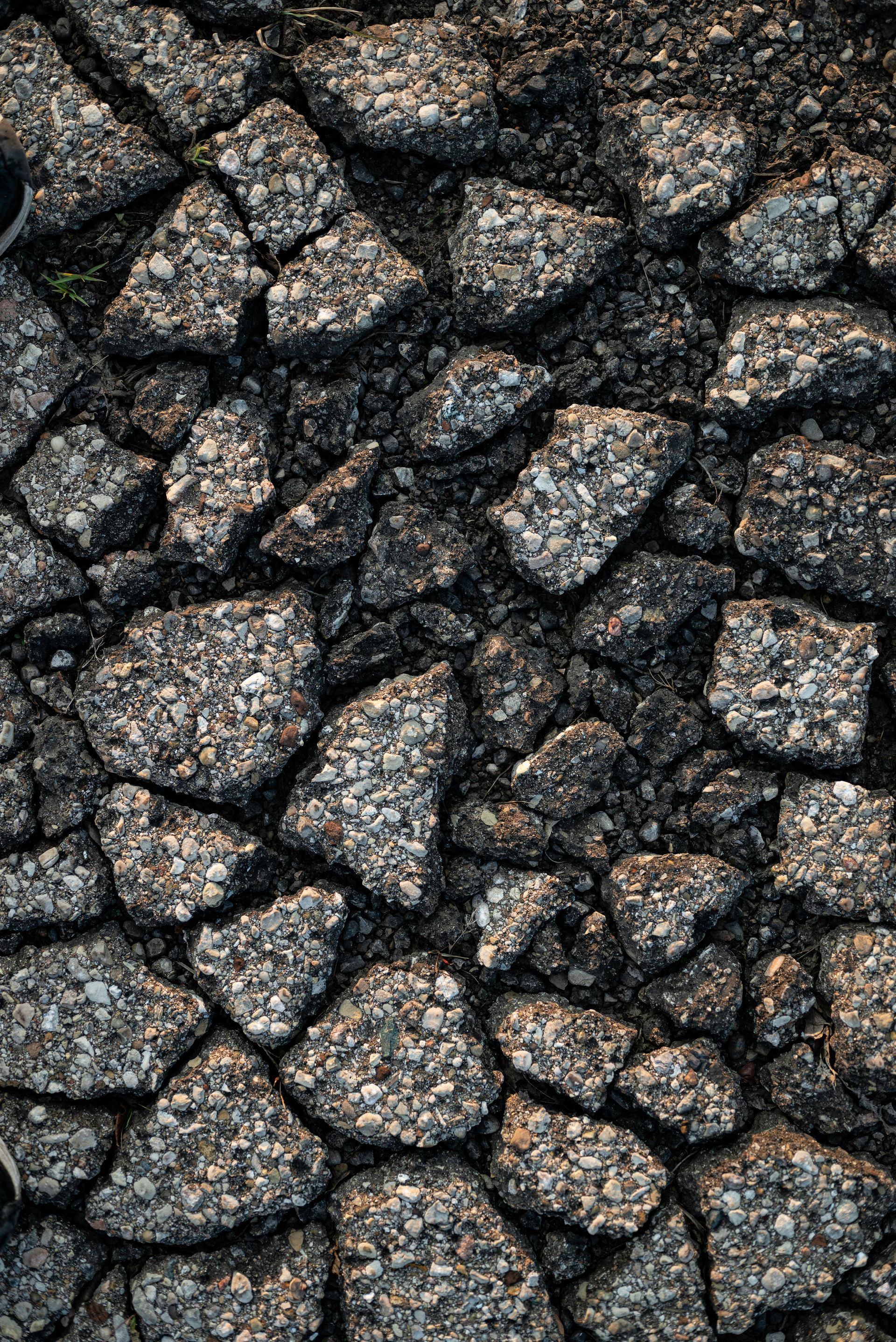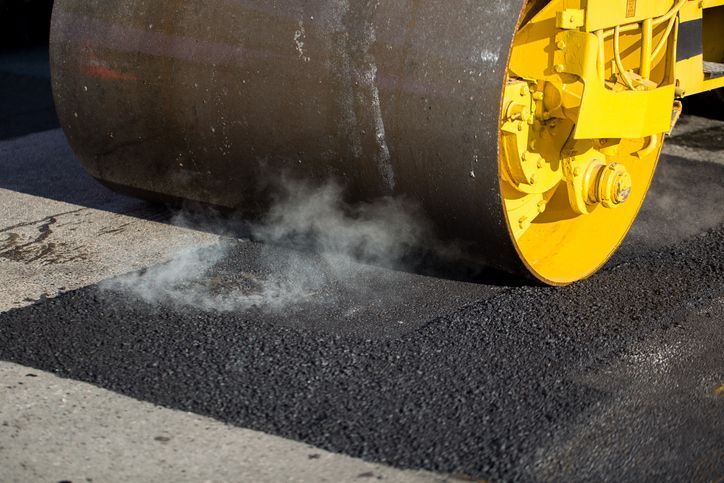When Is the Right Time to Sealcoat?
Sealcoating is a vital maintenance service that extends the life of your asphalt pavement. Whether it’s a driveway, a parking lot, or a commercial asphalt surface, seal coating ensures durability and helps maintain a clean, polished appearance. It’s important to remember though that timing is critical when it comes to seal coating. Applying it too early, too late, or under the wrong conditions can reduce its effectiveness.
This post will explore the factors affecting the timing of seal coating and help you determine the best time to protect your pavement. You'll also learn about the benefits of seal coating, ensuring a solid return on your investment.
What Is Sealcoating, and Why Is It Important?
Sealcoating is a protective layer applied to asphalt surfaces. It works as a barrier against elements such as UV rays, water, oil, and other chemicals that can deteriorate the pavement over time. Think of it as sunscreen for your asphalt, preventing cracking, fading, and premature aging. Sealcoating offers several benefits, including:
- Protection Against Damage - It safeguards pavement from oxidation, weather, and chemicals like oil and gas.
- Enhanced Aesthetic Appeal - A freshly seal-coated surface looks smooth, clean, and professional.
- Cost Savings - Regular seal coating can save you money by reducing the need for expensive repairs or full resurfacing.
With such benefits, it’s clear why seal coating is an essential maintenance step. But when should you do it to maximize its effectiveness?
Factors to Consider When Sealcoating
Timing your seal coating project requires considering environmental conditions, pavement age, and seasonal weather patterns. Here’s what you need to know:
1. The Age of Your Pavement
- New Pavement - If you’ve recently installed asphalt, you must wait at least six months to twelve months before applying the seal coat. Fresh asphalt needs time to cure, releasing its oils and settling into a durable surface. Premature seal coating can trap oils and compromise the pavement’s structural integrity.
- Aged Pavement - Older asphalt surfaces benefit greatly from seal coating, but they must be in good condition. Cracks larger than 1/4 inch, potholes, or structural issues should be repaired first. Sealcoating is not a substitute for those repairs but an added layer of protection once repairs are complete.
2. Seasonal Conditions
Sealcoating is highly dependent on weather conditions. For optimal results, ensure the following:
- Temperature - The temperature should be at least 50°F (10°C) and rising during application. It should also remain above this threshold for at least 24 hours. Avoid applying the seal coat during extreme heat, as it can dry too quickly and fail to adhere properly.
- Dry Weather - Since the seal coat needs time to cure, it’s important to apply it on dry days. Rain can wash away the seal coat before it sets, making the application ineffective. Ideally, the forecast should predict no rain for at least 24 to 48 hours after application.
- Spring through Fall Applications - The best time to sealcoat is typically between late spring and early fall. These months provide ideal temperatures and dry weather conditions. Avoid seal coating during winter or in cold climates, as freezing temperatures prevent proper curing.
3. Frequency of Sealcoating
Sealcoating isn’t a one-and-done process. Regular maintenance ensures your pavement stays protected for years to come. Most professionals recommend seal coating every two to three years, depending on usage and exposure to weather. High-traffic areas may benefit from more frequent applications.
Advantages of Properly Timed Sealcoating
Getting the timing right for your seal coating can produce long-lasting results. Here’s how:
- Extended Pavement Life - Properly timed seal coating adds years to your pavement by preventing premature damage caused by environmental factors.
- Improved Curb Appeal - Freshly seal-coated pavement creates a sleek, professional look that stands out to customers or neighbors.
- Long-Term Savings - By preventing cracks and water damage, you save on costly repairs or resurfacing projects down the line.
Preparing Your Pavement for Sealcoating
To ensure your seal coating project goes smoothly, follow these preparation steps:
- Clean the Surface - Remove any dirt, debris, oil, or grease stains from the pavement. A clean surface allows the seal coat to adhere effectively. Use pressure washing if necessary.
- Repair Cracks and Holes - Fill in any cracks and repair potholes before applying the seal coat. You want the surface to be even and free of structural damage.
- Mark the Area - Block off the pavement area you plan to sealcoat. This prevents interference from traffic or pedestrians during the curing process.
By taking the time to prepare your pavement, you’ll ensure the seal coating process achieves optimal results.
Contact Us at Asphalt Construction Today
If you’re located in Celina, Denton, Gainesville, Sherman, TX, Ardmore, OK, or the surrounding areas, Asphalt Construction offers professional seal coating services tailored to your needs. Whether it’s your driveway, parking lot, or commercial property, our team applies seal coating to protect and enhance your pavement. If you would like to learn more or schedule seal coating services, reach out to us today!





